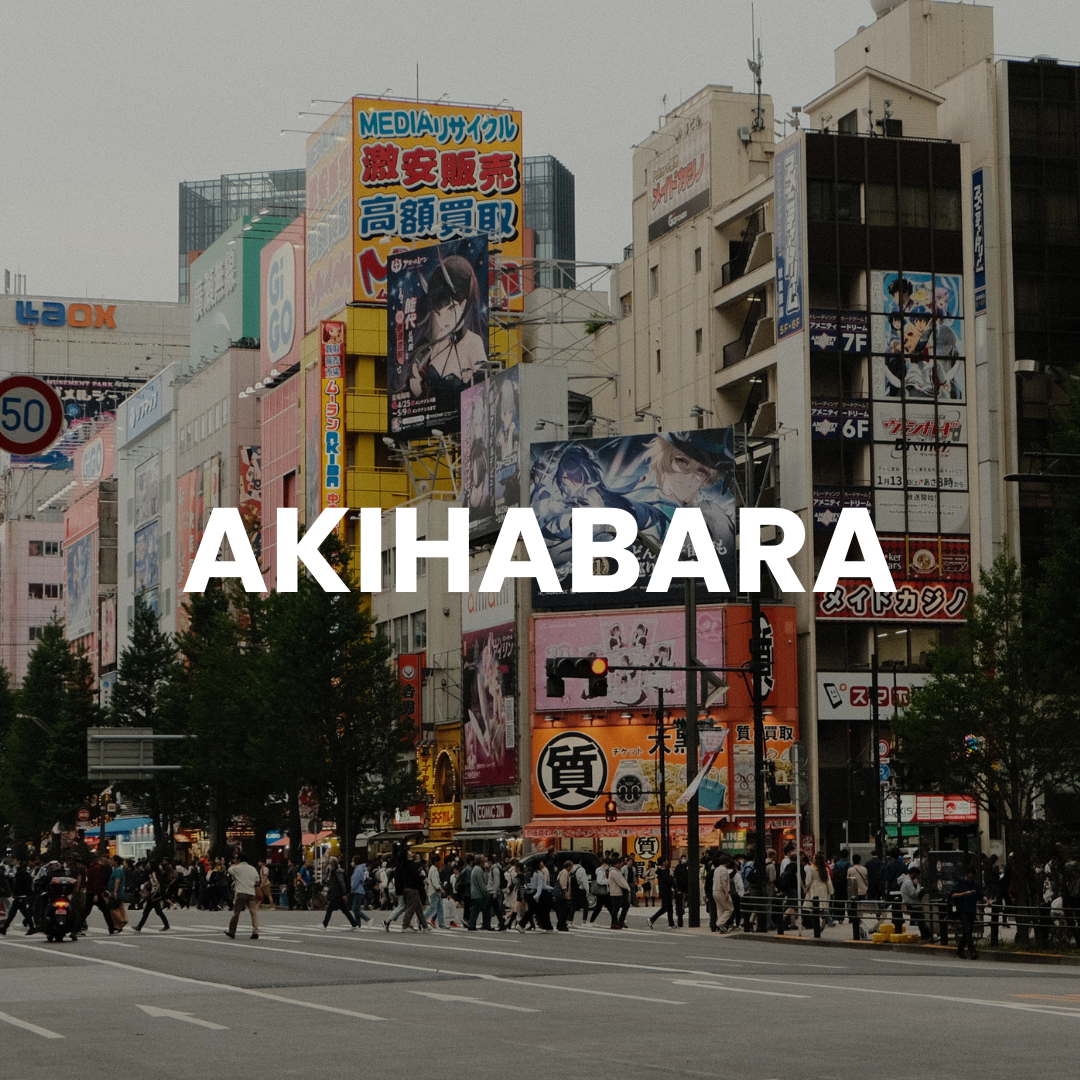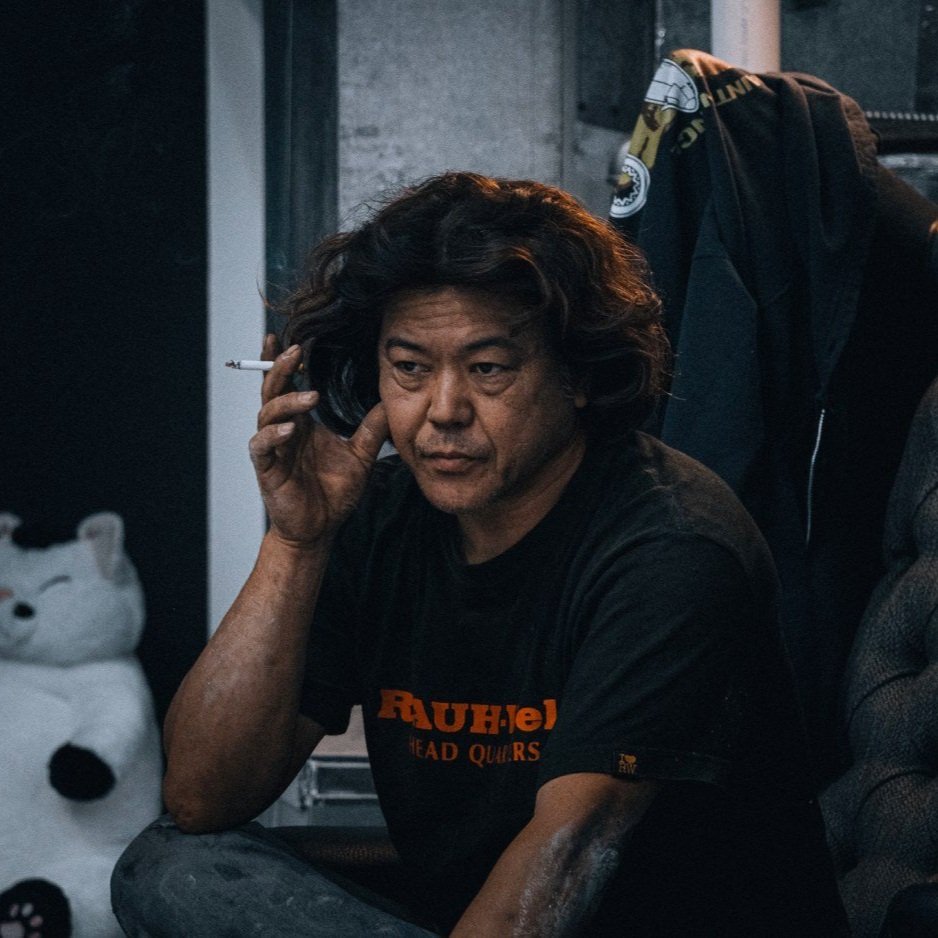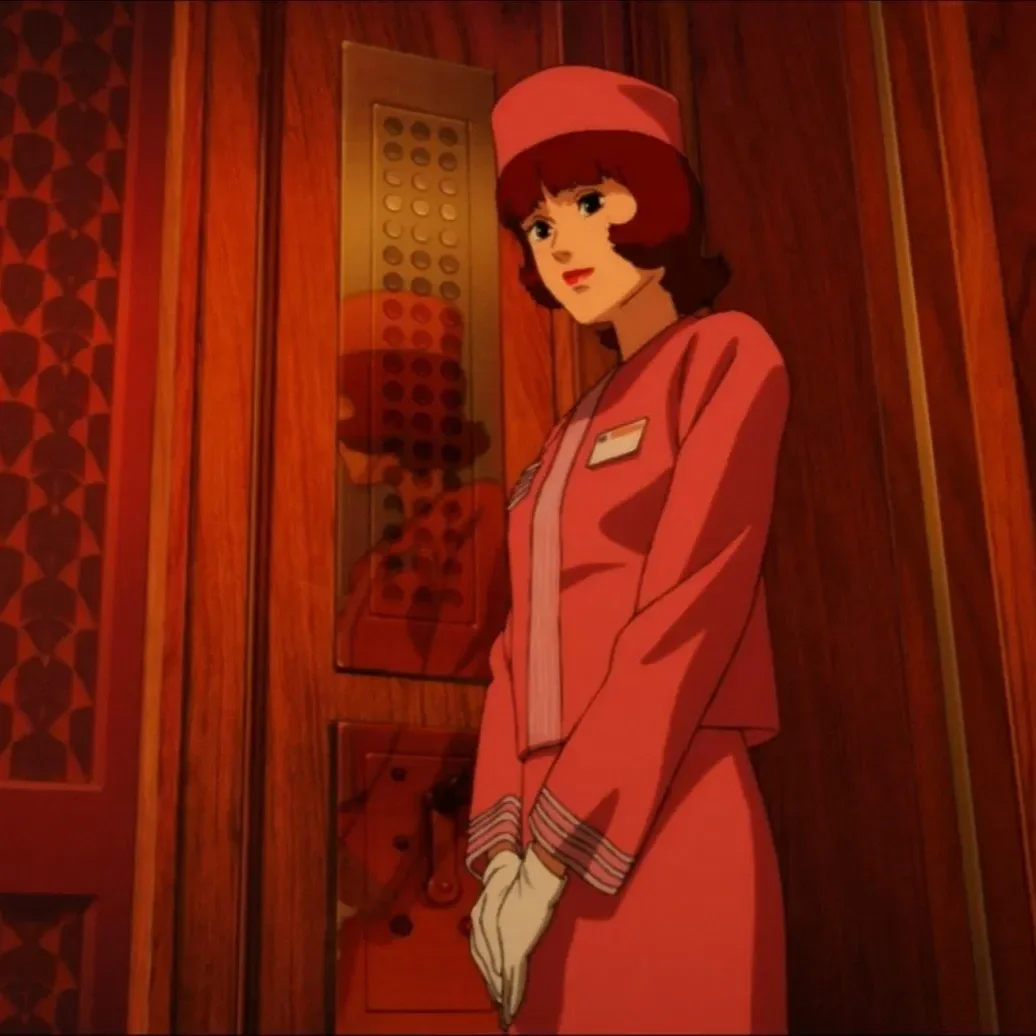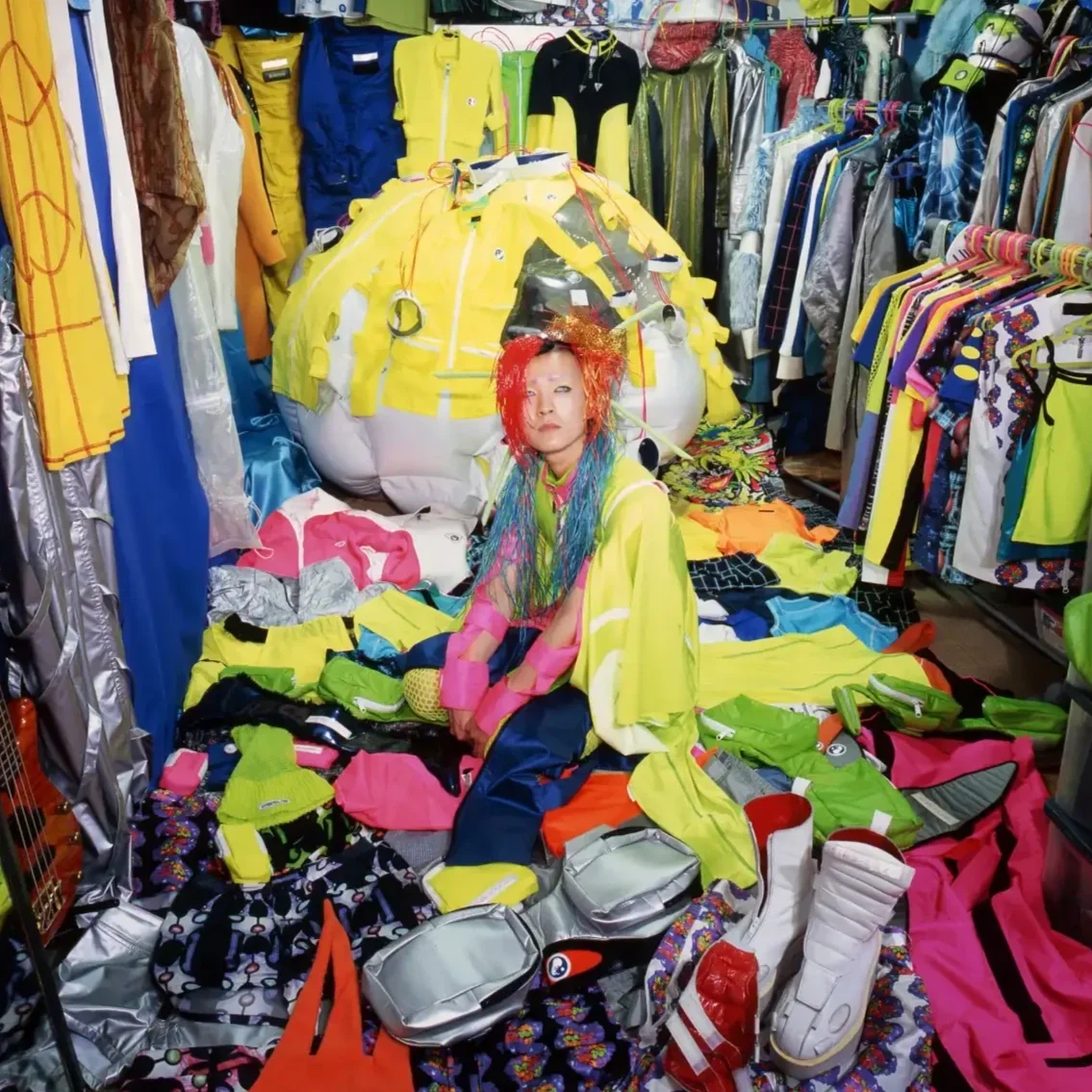How Akihabara Became the Otaku Walhalla
Akihabara main street
If Tokyo is a sprawling metropolis of contradictions, then Akihabara is its beating, neon-lit heart of geekdom—a place where tech innovation collides with anime fantasies. But this seemingly unassuming district district, known globally as the beating heart of otaku culture, didn’t emerge overnight
We take a look into Akihabara’s journey from samurai residences to “Electric Town” and, eventually, to become the world’s haven for anime and manga lovers.
A Fire-Prone Past
Long before it was Electric Town or the otaku haven we know today, Akihabara was a quiet residential area. In the Edo period (1603–1868), lower-class samurai called this flatland home. Its strategic location made it a bustling passageway connecting Edo (modern-day Tokyo) to northern Japan. But it had one fatal flaw: fires. Lots of them.
Known as hibachi yori aka (“more fire pit than land”), the area was repeatedly scorched by flames, a testament to the Edo era’s frequent and devastating blazes. Following a particularly destructive fire in 1869, locals erected Chinkasha, a shrine dedicated to Akiba Daigongen, a deity believed to protect against fire. Over time, the name “Akibagahara” emerged, eventually becoming “Akihabara.”
But fires weren’t Akihabara’s only challenge. As Edo transitioned into modern Tokyo during the Meiji era (1868–1912), the district saw upheaval in its social structure. Samurai quarters became obsolete, giving way to urban redevelopment. By 1890, the area gained a railway station, accelerating its integration into the rapidly modernizing capital.
Akihabara Electric Town
Post-War Hustle - The Birth of Electric Town
Akihabara’s next chapter unfolded in the chaotic years following World War II. Tokyo, ravaged by bombings, was rebuilding itself from the ground up. Amid the rubble, Akihabara emerged as a black market for surplus electronic goods. Engineers, veterans, and displaced workers set up makeshift stalls, selling everything from radio parts to repurposed military equipment.
By the 1950s, this thriving trade had gained legitimacy. Under the train tracks, stalls began specializing in radios and their components, which became a symbol of hope. Affordable and accessible, they brought music, news, and a sense of normalcy back into Japanese homes. Akihabara had officially earned the nickname Electric Town, a moniker that would define its next chapter.
The 1960s and 70s were a golden age for Akihabara. As Japan’s economy boomed, so did the demand for home appliances. Washing machines, refrigerators, and televisions flew off the shelves, transforming Akihabara into the beating heart of Japan’s consumer revolution.
The Otaku Revolution
The 1980s saw the rise of Japan’s pop culture phenomenon, and Akihabara became ground zero. The advent of iconic series like Neon Genesis Evangelion and the surge in anime and manga-related goods transformed the district. Shops dedicated to collectibles, model kits, and niche fan merchandise began to pop up alongside the electronics stores.
It was during this era that the term otaku gained prominence, referring to individuals deeply devoted to anime, manga, and gaming. Akihabara embraced this culture wholeheartedly, becoming a refuge for fans who often felt ostracized in mainstream society.
By the 1990s, Akihabara was buzzing with excitement over computers and the internet, which further cemented its reputation as a hub for innovation and fandom. Large retailers like Animate and Yodobashi Camera opened their doors, drawing in a global audience of geeks and tech enthusiasts alike.
Surugaya specialty store
Maid Cafes, Idols, and Global Appeal
By the early 2000s, Akihabara had fully embraced its role as the epicenter of otaku culture. Themed maid cafes emerged, offering a playful, interactive experience that combined hospitality with cosplay. These cafes became synonymous with Akihabara’s quirky charm, with maids often seen handing out flyers to curious passersby.
In 2005, the debut of AKB48, a rotating idol group, brought a new wave of attention to the district. Their theater in Akihabara became a pilgrimage site for fans, further diversifying the district’s cultural offerings. Arcades, manga cafes, and themed restaurants filled every nook and cranny, creating a sensory overload that captured the imaginations of visitors from around the world.
Tourists flocked to Akihabara, eager to experience its unique blend of nostalgia and futurism. Recognizing this international appeal, businesses began implementing tax-free shopping and multilingual services, ensuring that Akihabara’s magic was accessible to everyone.
Shadows Beneath the Neon Lights
But even as Akihabara was thriving, shadows loomed. Its rapid commercialization sparked debates about the dilution of otaku culture, with some lamenting the loss of its gritty, grassroots origins. Meanwhile, the tragic 2008 stabbing spree cast a long shadow over the district, prompting national discussions on mental health and social isolation.
Additionally, controversies surrounding labor practices in maid cafes and themed establishments have raised questions about exploitation, particularly of young women, highlighting the complexities of Akihabara’s rapid growth.
Maids promoting Maid Cafe in the backstreets of Akiba│via Wikimedia Commons│© Guilhem Vellut
Akihabara Today
Today, Akihabara stands at the crossroads of tradition and modernity, a district where the past, present, and future collide. Its streets are lined with eight-story manga emporiums, retro gaming arcades, and ramen shops tucked into unassuming alleys. For otaku, it remains a pilgrimage site—a place where fandom is celebrated in all its forms.
In a world increasingly shaped by technology and fandom, Akihabara feels like both a blueprint for the future and a love letter to the past. And for those who venture here, it’s nothing short of a Walhalla.











Tokyo’s outsider spirit, Blue Spring, and emotion stitched into Elsewhere.